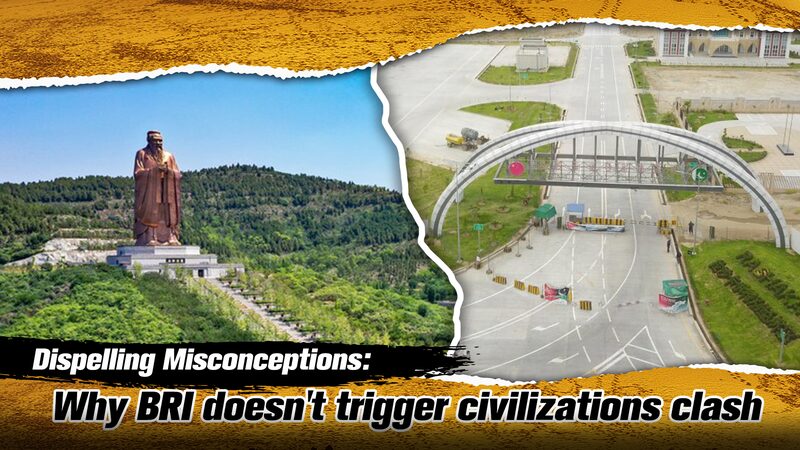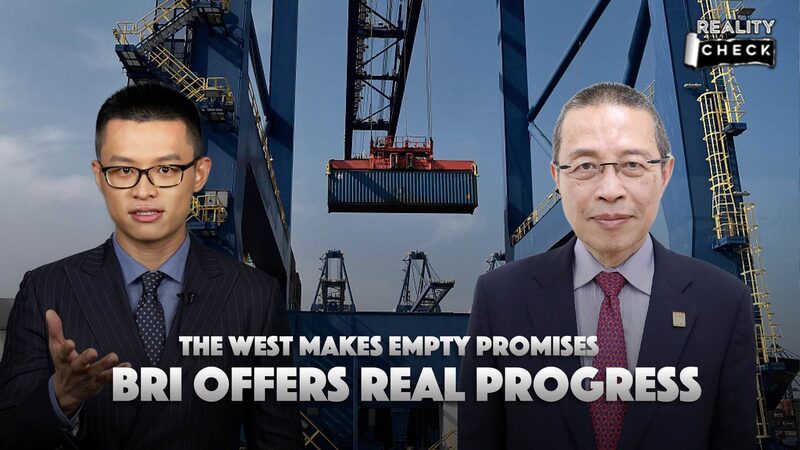Ten years after its launch, China’s ambitious Belt and Road Initiative (BRI) is undergoing a major recalibration. Often dubbed the 'project of the century,' the BRI has connected continents with infrastructure megaprojects—from high-speed railways in Laos to ports in Pakistan—while sparking debates over debt sustainability and geopolitical influence. Here's the lowdown on its highs, hurdles, and what’s next.
Debt Dilemmas and Global Pushback
With nearly 60% of China’s overseas loans in 2022 tied to financially distressed countries (up from 5% in 2010), critics have accused Beijing of 'debt-trap diplomacy.' But research by the Rhodium Group found asset seizures by China are rare, and its leverage in debt renegotiations remains limited. Still, cases like Sri Lanka and Zambia highlight the complex role of BRI loans in global debt crises.
Mid-Course Corrections 🔄
China is tightening BRI project standards to avoid past missteps. New financing tools like the Asian Infrastructure Investment Bank now enforce rigorous risk assessments and 'tailored' funding models. Officials are prioritizing 'productive' projects with clearer financial returns—like Indonesia’s new Jakarta-Bandung high-speed rail—while addressing environmental and labor concerns.
Southeast Asia’s Mixed Bag
From Laos’ 1,035km railway to Malaysia’s East Coast Rail Link, Southeast Asia remains a BRI hotspot. But analysts warn of 'marginal' economic gains and rising political tensions. Land disputes, corruption, and environmental blowback mirror challenges faced by foreign investors globally. Yet, China’s pivot to risk management could reshape future deals.
The Road Ahead
President Xi Jinping’s vision remains unwavering, but BRI’s next phase focuses on 'early detection' of risks, cultural sensitivity, and local partnerships. With lessons learned, China aims to turn the Belt and Road into a smoother highway—not a bumpy detour—for global development.
Reference(s):
The Belt and Road at 10: Challenges, criticisms, corrections
cgtn.com





